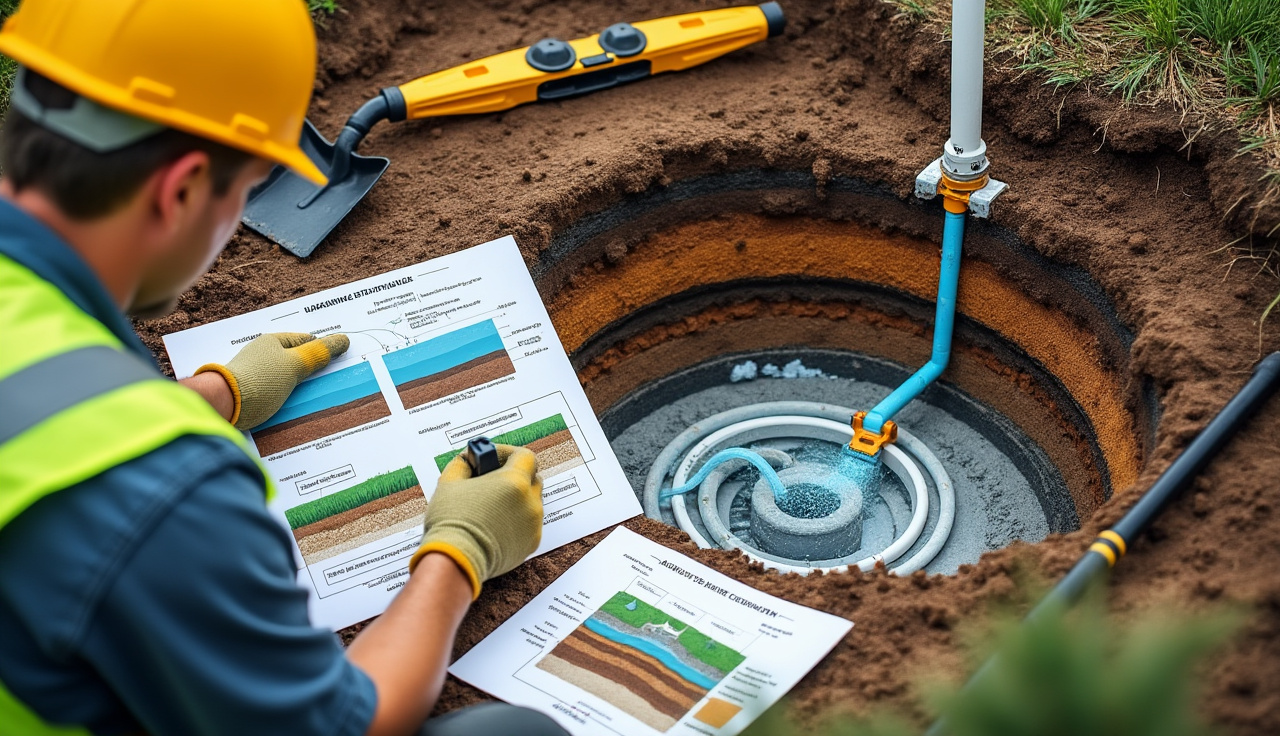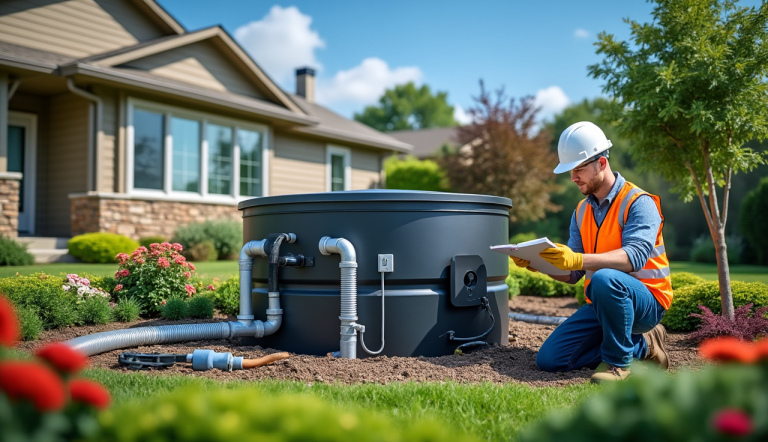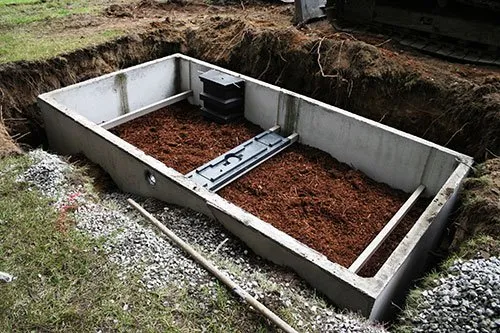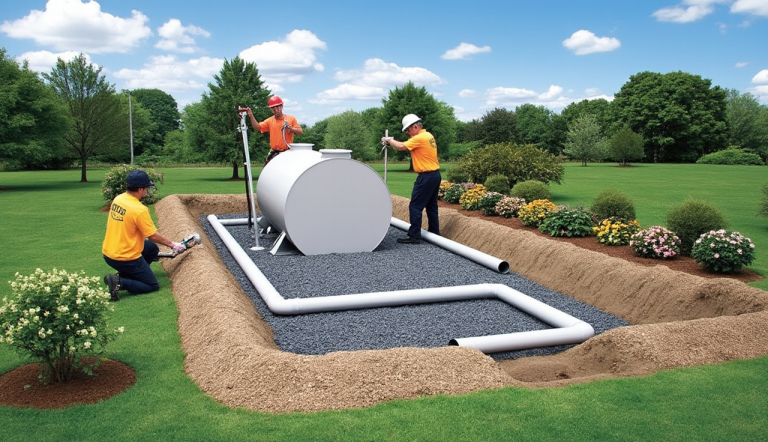Commercial Wastewater Treatment Systems: Advanced Jet Septic Solutions
Commercial wastewater treatment systems are essential for businesses seeking efficient and environmentally responsible solutions for managing their wastewater. Among these solutions, jet septic systems have emerged as a leading choice for their advanced technology and superior performance.
Key Takeaways
- Jet septic systems use advanced aeration technology to provide superior wastewater treatment compared to traditional septic tanks
- They are ideal for commercial properties with high wastewater volumes, such as restaurants, hotels, and apartment complexes
- Advanced treatment septic system costs are offset by reduced maintenance and longer lifespans
- Professional installation and regular maintenance are crucial for optimal system performance
- Systems are available for various commercial applications, from restaurants to industrial facilities
Understanding Commercial Wastewater Treatment Systems

Commercial wastewater treatment systems using jet septic technology offer superior treatment compared to traditional methods.
Jet septic systems provide cost-effective solutions for high-volume commercial properties
Advanced treatment septic system costs are offset by reduced maintenance and longer lifespans
Professional installation and regular maintenance are crucial for optimal system performance
Systems are available for various commercial applications, from restaurants to industrial facilities
Modern commercial wastewater treatment systems, particularly jet septic systems, represent a significant advancement in wastewater management technology. These systems combine traditional septic principles with innovative aerobic treatment processes to deliver superior results.
Components of a Jet Septic System
A typical jet septic system includes:
- Pretreatment tank for initial separation
- Aeration chamber with advanced oxygenation technology
- Clarification chamber for secondary treatment
- UV or chlorine disinfection unit
- Pump chamber for effluent distribution
Benefits of Commercial Jet Septic Systems
- Superior Treatment Efficiency
Commercial wastewater treatment systems utilizing jet technology achieve higher treatment standards than conventional septic systems. The advanced aeration process ensures a thorough breakdown of organic matter and removal of contaminants.
- Cost-Effective Operation
While the initial jet septic system cost may be higher, long-term operational savings include:
- Reduced pumping frequency
- Lower maintenance requirements
- Extended system lifespan
- Decreased environmental impact costs
- Versatile Applications
Commercial jet septic systems are suitable for various applications: – Restaurants and food service
- Hotels and hospitality
- Multi-unit residential complexes
- Industrial facilities
- Educational institutions
- Compact Design
- Modern jet septic systems offer:
- Smaller footprint than traditional systems
- Flexible installation options
- Efficient space utilization
- Scalability for future expansion
Installation and Maintenance Considerations
Professional Installation
Proper installation of commercial wastewater treatment systems requires:
- Site evaluation
- System sizing calculations
- Compliance with local regulations
- Expert equipment placement
- Professional connection and testing
Maintenance Requirements
Jet septic system maintenance includes:
| Maintenance Task | Frequency |
|---|---|
| Inspect and clean filters | Every 3-6 months |
| Check aeration system | Every 6 months |
| Pump out pretreatment tank | Every 2-3 years |
| Service disinfection unit | Annually |
| Inspect and clean pump chamber | Annually |
Commercial Wastewater Treatment Systems: Advanced Jet Septic Solutions
Choosing the Right Jet Septic System Provider
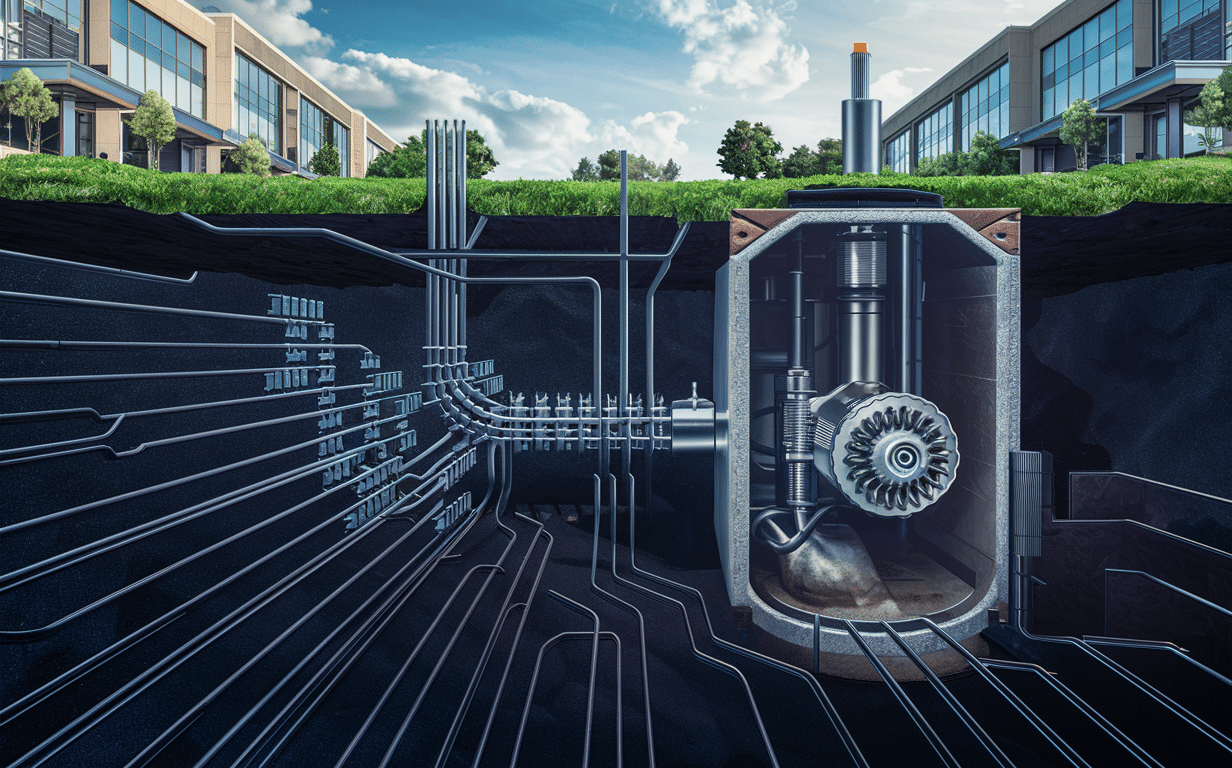
Cost Analysis
The commercial septic system cost varies based on several factors:
- System size and capacity
- Site conditions
- Local permit requirements
- Installation complexity
- Additional features needed
Hotel Jet Septic System Installation
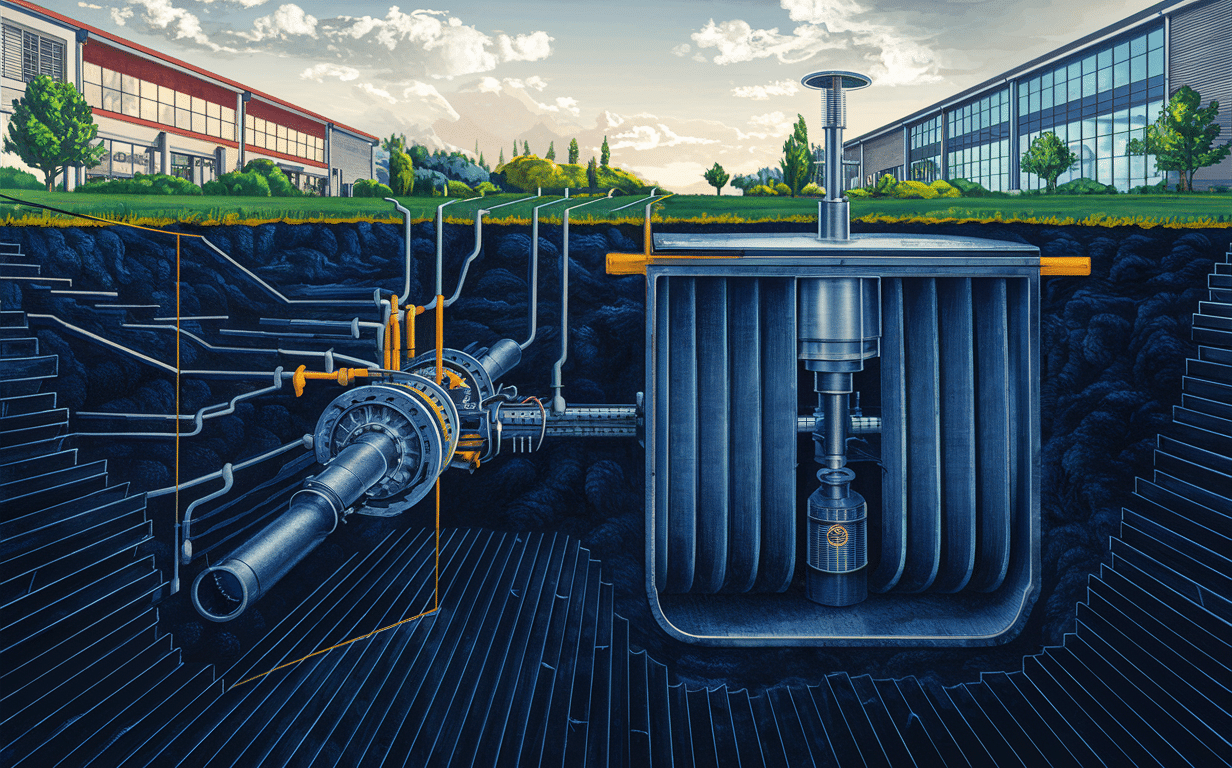
A recent installation of a commercial wastewater treatment system at a 150-room hotel demonstrates the effectiveness of jet septic technology:
- System Capacity: 40,000 gallons daily
- Installation Time: 3 weeks
- ROI Period: 5 years
- Maintenance Savings: 45% annually
- Expert Consultation and Support
Choosing the right commercial wastewater treatment system requires expert guidance. Our team provides: – Comprehensive site assessment
- Custom system design
- Professional installation
- Ongoing maintenance support
- Emergency services
Frequently Asked Questions
What is the typical jet septic system cost for commercial applications? Costs range from $50,000 to $150,000, depending on capacity and site requirements.
How often is maintenance required for commercial jet septic systems? Regular maintenance should be performed quarterly, with major servicing annually.
What are the advantages of jet septic systems over traditional septic systems? Benefits include improved treatment efficiency, reduced maintenance, and longer system life.
Are there specific regulations for jet septic systems in Morris County, NJ? Yes, local regulations require specific permits and maintenance protocols.
What is the expected lifespan of a commercial wastewater treatment system? With proper maintenance, systems typically last 20-30 years.
Conclusion
Commercial wastewater treatment systems, particularly jet septic technology, offer efficient and environmentally responsible solutions for business wastewater management. While the initial investment may be significant, the long-term benefits in terms of performance, maintenance savings, and environmental compliance make these systems a smart choice for commercial properties.
For professional consultation and service quotes, call us at (888) 845-2564 or fill out our contact form.

